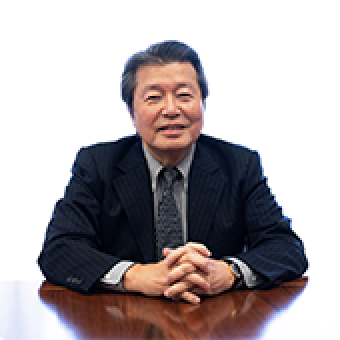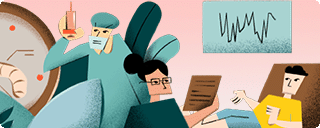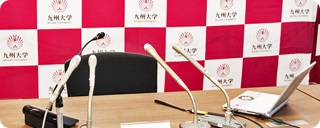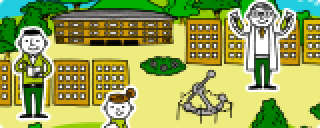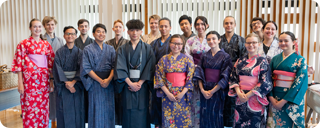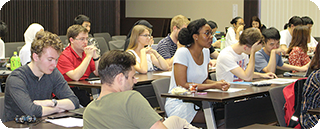研究・産学官民連携 Research
Considering Algorithms for a Variety of Image Styles
- TOP
- Research
- Research at Kyushu University
- Art and Design
- Recent Studies at the Faculty of Design
- Recent studies at the Faculty of Design in 2019
- Considering Algorithms for a Variety of Image Styles
Research Projects and Initiatives
Recent Studies at Faculty of Design
Considering Algorithms for a Variety of Image Styles
Department of Communication Design Science, Faculty of Design
Associate Professor Kohei Inoue
Introduction
In our research lab, we are investigating algorithms to automatically convert photos to painting-like styles, and we are currently working on research related to non-photorealistic rendering. We are investigating algorithms to reproduce hand-made artistic effects using CG, rather than realistic CG images. We refer to the non-photorealistic CG created in this way with the abbreviated term non-photo CG.
In this report, we will introduce some examples of non-photo CG created using this method.
Non-Photo CG Examples
The first piece we created was a collage-style image (Figure 1). Our initial focus was representing the white edges that appear when paper is torn. We tried to recreate the style of collage artwork, taking into consideration the arrangement of paper scraps, the uneven surface that results from the thickness of the paper, the texture of the surface, and so on.

Figure 1: Paper mosaic image
Figure 2 is a pointillism piece. Using the Centroidal Voronoi tessellation method, a random initial arrangement of dots is gradually moved around until the dots converge to form a pattern as shown in the figure. Through this process, dots are distributed uniformly over a flat area, sharply expressing the contours of the target object.

Figure 2: Stippling
Figure 3 is an example of emphasizing the brush strokes (flowing patterns) seen in art forms such as oil painting. For this piece, we used an anisotropic filter for the flowing patterns to incorporate variations in their direction and strength. Patterns such as fingerprints can also be rendered vividly using this kind of method.

Figure 3: Enhancement of flow pattern
We have also attempted stained glass a number of times. The image on the left side of Figure 4 was created using an image processing technique called a quantized mode filter. This can also be printed on a board and cut along the lines with a jigsaw to make a puzzle. The image on the right side is a stained-glass style image created using position and color information incorporated into a Voronoi tessellation. This combines areas that fit the shape of the car and the distinctive regular areas of the Voronoi tessellation.


Figure 4: Stained glass-like image
You may have made a picture by lining up small beads. Using actual bead art as a starting point, we created a variety of bead art works using beads of various sizes (Figure 5). The image on the left side uses transparent beads, while the image on the right uses matte beads. We have also made a lot of other works using variations of this technique.


Figure 5: Beads artwork
Figure 6 uses a white background with black tiles arranged in a reduced Voronoi area as a representation of light and dark. Although no hand-drawn piece like this exists, it can be said to be a mode of expression unique to the computer.

Figure 6: Voronoi halftoning

Conclusion
We have introduced some examples of non-photo CG works we have created. With the proliferation of computers, the divide between hand drawings and CG is becoming blurred. How will people create new forms of expression? We hope to continue our research with algorithms as a keyword. In addition, we are considering applying the results to information security at a personal level, such as anonymizing contents.
■Inquiries
Department of Communication Design Science, Faculty of Design
Associate Professor Kohei Inoue
- TOP
- Research
- Research at Kyushu University
- Art and Design
- Recent Studies at the Faculty of Design
- Recent studies at the Faculty of Design in 2019
- Considering Algorithms for a Variety of Image Styles


